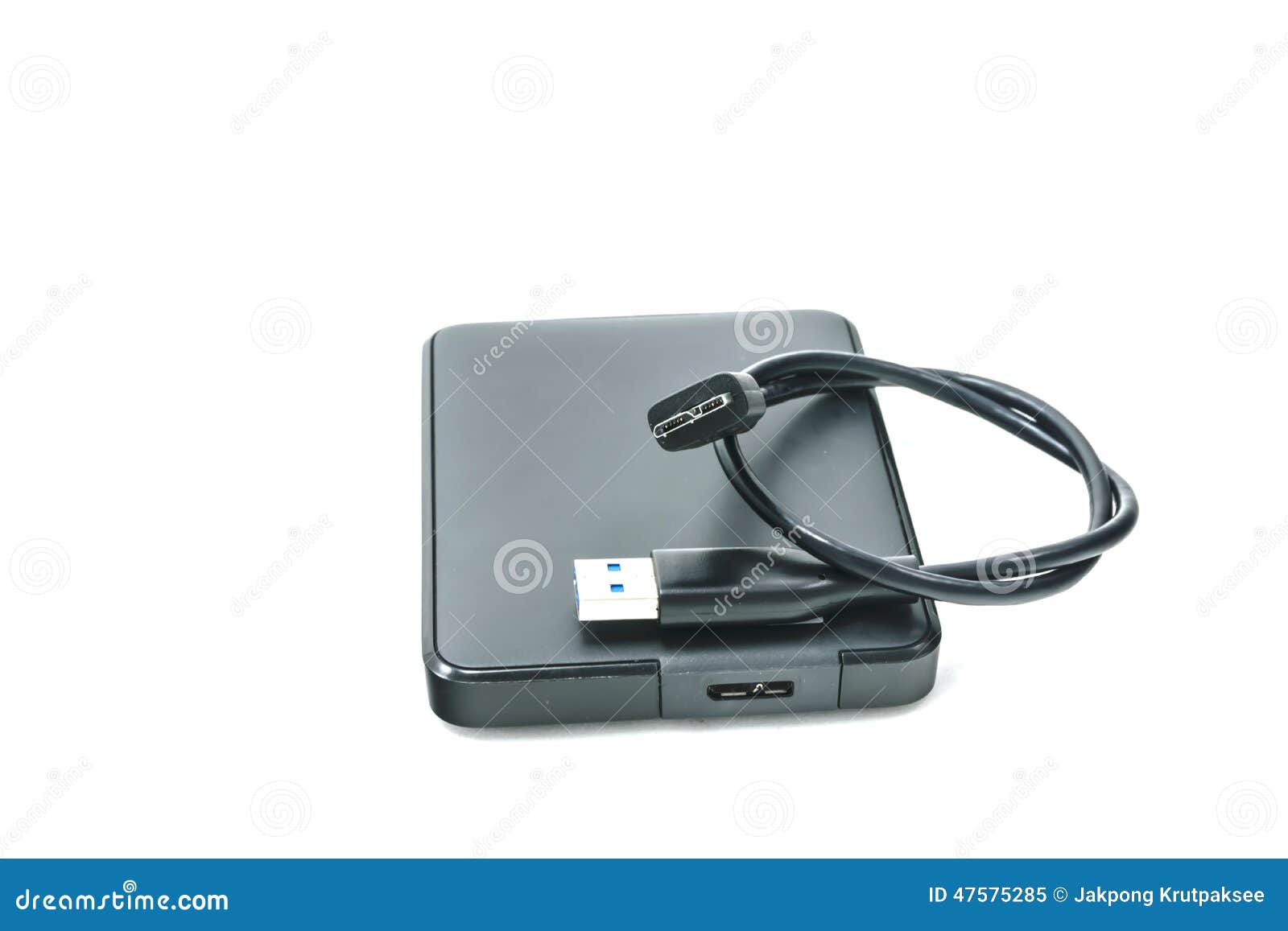

Check data integrity periodically: Plug in your drive and open your files every few months to check that they’re still readable.

This ensures that your data is not lost even if the drive fails. Backup regularly: Make sure to have a backup of important data stored on your USB thumb drive.It might not feel cool to do it, but it can save your bacon when it comes to data corruption. This prevents data corruption due to sudden disconnection. Eject safely: Always use the “ Safely Remove Hardware” option before unplugging your USB thumb drive from the computer.Avoid extreme temperatures: Store your USB thumb drives in a cool, dry place, away from direct sunlight or other heat sources.You get what you pay for! Not to mention there are plenty of fake drives out there, so be careful. Invest in quality drives: Choose reputable brands and high-quality USB thumb drives.While you shouldn’t rely on flash drives for long-term archival storage, if you want to get the most out of them, here are some tips to help extend the lifespan of your USB thumb drives and ensure data integrity: If you write to a flash drive, put it away in a drawer and make a point of plugging it in every few months to refresh it, it could hold your data for much longer, but the only way to know for sure is to actually do it! Tips for Extending the Lifespan of USB Thumb Drives However, this is a general estimate and will obviously vary depending on the specific drive and usage conditions. RELATED: Bit Rot: How Hard Drives and SSDs Die Over Time This is taken to be the equivalent of 10 years at 55 degrees Celsius. The JEDEC JESD47 standard (described at the bottom of page 5 of the linked PDF) requires that flash memory chips withstand 10 hours of 125-degree Celsius operation in a process known as a Data Retention Bake. Instead, it’s an educated estimate based on what we know about how flash memory and its materials behave. Where does the figure of 10 years come from? This isn’t a prediction nor an observation of how flash drives based on older technology have fared. However, under normal storage conditions and usage, a high-quality USB thumb drive should be able to retain data for at least 10 years. There is no definitive answer to this lifespan question for data stored on a USB thumb drive because it depends on the above-mentioned factors.

However, thumb drives are usually much smaller in capacity, and don’t have nearly the quality and temperature endurance of SSDs, else they’d cost too much! SSDs use the same NAND memory technology. If you know anything about SSDs (Solid State Drives) these factors might sound familiar to you, and with good reason. Storage conditions: Humidity, dust, and other environmental factors can also influence the longevity of data stored on a USB thumb drive.Prolonged exposure to high temperatures can cause the trapped electrons to leak faster, leading to data loss. Temperature: Extreme temperatures can negatively affect data retention.As the number of write cycles increases, the likelihood of data degradation also increases, and eventually, you’ll get total drive failure. Write cycles: Flash memory has a finite number of write cycles (i.e., how often data can be written and erased).Cheaper, lower-quality drives may have a shorter lifespan. Quality of the drive: The quality of the NAND flash memory and the overall construction of the drive can significantly affect data retention.While a thumb drive might seem like a pretty sturdy storage device thanks to its solid-state nature, several factors can impact the longevity of data stored on a USB thumb drive:
#USB BACKUP HARD DRIVES HOW TO#
RELATED: How to Create Bootable USB Drives and SD Cards For Every Operating System Factors That Affect USB Thumb Drive Data Retention Over time, the electrical charge in these cells can leak, leading to data degradation because it becomes harder to read whether the charge level represents a 1 or 0. These cells use electrons trapped in a “floating gate” to represent binary values (0s and 1s). NAND flash memory stores data in memory cells.
#USB BACKUP HARD DRIVES PORTABLE#
This feature makes it ideal for portable storage devices like USB thumb drives. NAND flash memory is a non-volatile storage type, meaning it retains data even when the power is disconnected. USB thumb drives (also called flash drives or USB sticks) use NAND flash memory to store data.


 0 kommentar(er)
0 kommentar(er)
